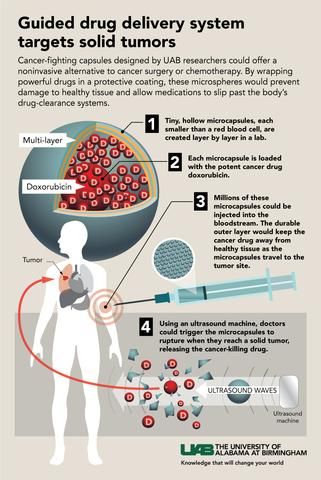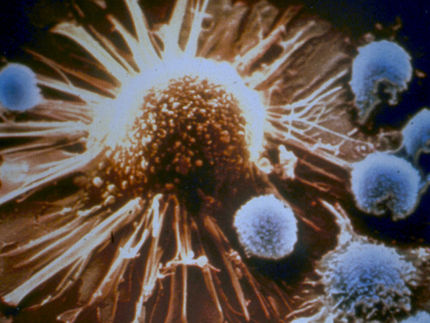Tumors backfire on chemotherapy
Some patients with breast cancer receive chemotherapy before the tumor is removed with surgery. This approach, called 'neoadjuvant' therapy, helps to reduce the size of the tumor to facilitate breast-conserving surgery, and can even eradicate the tumor, leaving few or no cancerous cells for the surgeon to remove. In those cases, the patients are very likely to remain cancer-free for life after surgery.
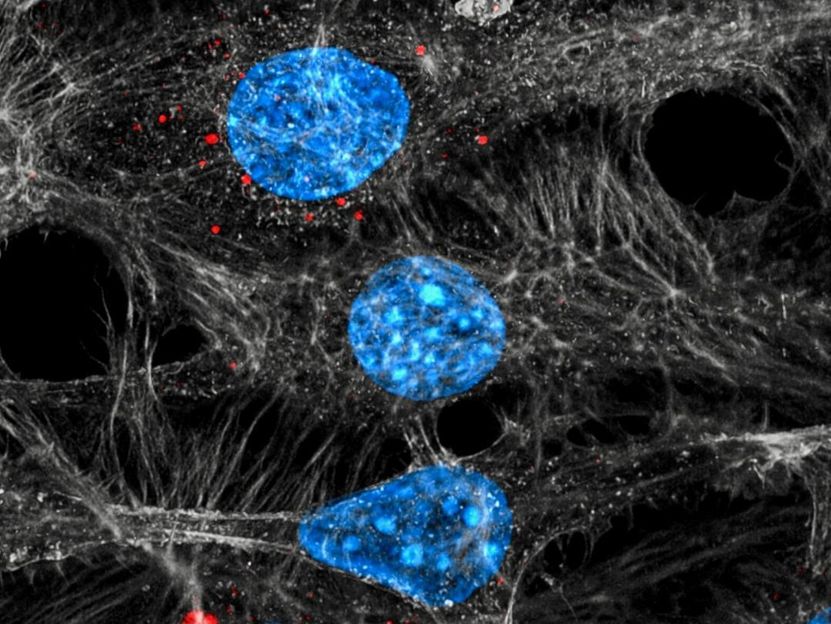
Endothelial cells (blue/grey) internalizing exosomes (red) released from chemotherapy-treated tumors.
C. Cianciaruso/I. Keklikoglou/EPFL
But not all tumors shrink under chemotherapy. If the tumor resists neoadjuvant therapy, there can be a higher risk of developing metastatic disease, meaning that the tumor will recur in other organs, such as bones or lungs. This could be due to cancerous cells that resist chemotherapy and spread to other organs while the primary tumor is being treated.
Now, an international team of scientists led by Michele De Palma at EPFL has shed new light into this process. Working with experimental tumor models, the researchers found that two chemotherapy drugs frequently used for patients, paclitaxel and doxorubicin, induce mammary tumors to release small vesicles called exosomes. Under chemotherapy, the exosomes contain the protein annexin-A6, which is not present in the exosomes released from untreated tumors. "It seems that loading of annexin-A6 into exosomes is significantly enhanced in response to chemotherapy," explains Ioanna Keklikoglou, first author of the study.
After being released from a chemotherapy-treated tumor, the exosomes circulate in the blood. Upon reaching the lung, the exosomes release their content, including annexin-A6. This stimulates the lung cells to release another protein, CCL2, which attracts immune cells called monocytes.
This immune reaction can be dangerous, as previous studies have shown that monocytes can facilitate the survival and growth of cancerous cells in the lung, which is one of the initial steps in metastasis. "In short, our study has identified a new link between chemotherapy and breast cancer metastasis," says De Palma.
Corroborating their laboratory data, the researchers found increased levels of annexin-A6 also in the exosomes of breast cancer patients undergoing neoadjuvant chemotherapy. However, De Palma cautions against jumping to conclusions: "While this observation supports the significance of our findings, at the moment we don't know if annexin-A6 has any pro-metastatic activity in human breast cancer".
Importantly, the researchers found that neutralizing annexin-A6 or blocking monocytes during chemotherapy prevents the experimental mammary tumors from metastasizing to the lung. These results may help to improve the efficacy and safety of neoadjuvant chemotherapy. "Various monocyte inhibitors have been developed for clinical use, so they may be tested in combination with neoadjuvant chemotherapy to potentially limit unwanted side effects mediated by exosomes," says De Palma.
"Our findings must not discourage patients from receiving neoadjuvant chemotherapy when it's indicated," adds the study's clinical team. "It remains an essential and potentially curative treatment for many invasive breast cancers, as shown by multiple clinical trials."
Original publication
Other news from the department science

Get the life science industry in your inbox
By submitting this form you agree that LUMITOS AG will send you the newsletter(s) selected above by email. Your data will not be passed on to third parties. Your data will be stored and processed in accordance with our data protection regulations. LUMITOS may contact you by email for the purpose of advertising or market and opinion surveys. You can revoke your consent at any time without giving reasons to LUMITOS AG, Ernst-Augustin-Str. 2, 12489 Berlin, Germany or by e-mail at revoke@lumitos.com with effect for the future. In addition, each email contains a link to unsubscribe from the corresponding newsletter.
More news from our other portals
Last viewed contents
Before retinal cells die, they regenerate, Penn vet blindness study finds
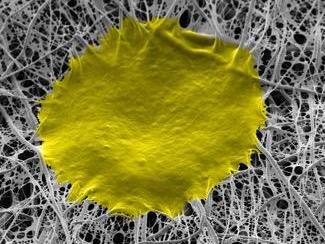
A nanofiber matrix for healing
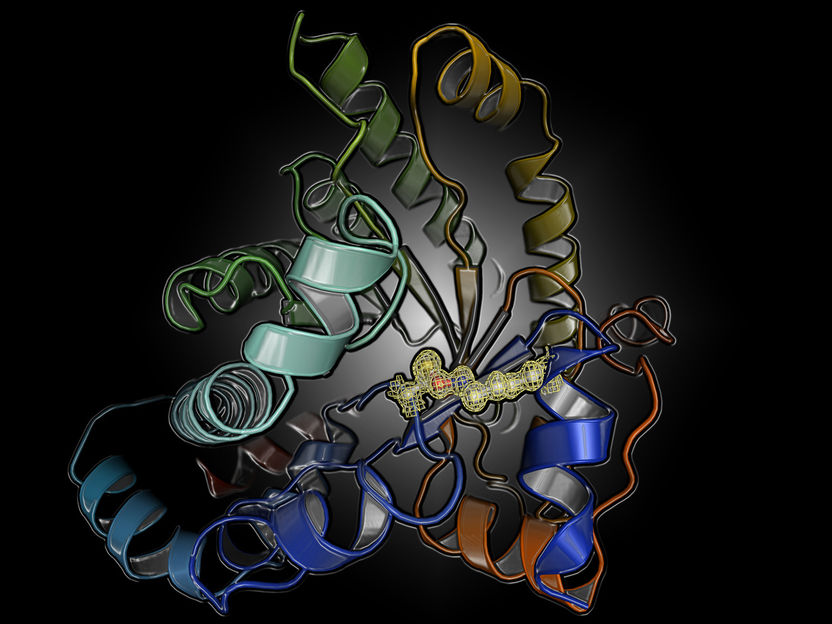
Fundamental regulation mechanism of proteins discovered - The chemical nature of the switch was completely unknown
Three dimensional force microscopy - Method of measuring forces of tumour cells as they migrate through connective tissue developed
Emerging psoriasis therapies go head-to-head with marketed drugs - Comparative efficacy data critical for higher uptake since psoriasis is not considered a life-threatening condition
Novo Nordisk opens new research centre in Seattle
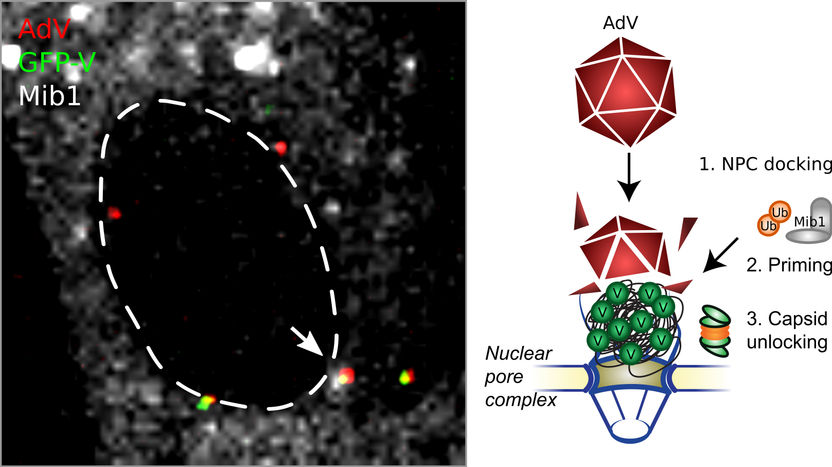
Mechanism for DNA Invasion of Adenoviral Covid-19 Vaccines Discovered - Premature release of DNA activates anti-viral alarm systems
